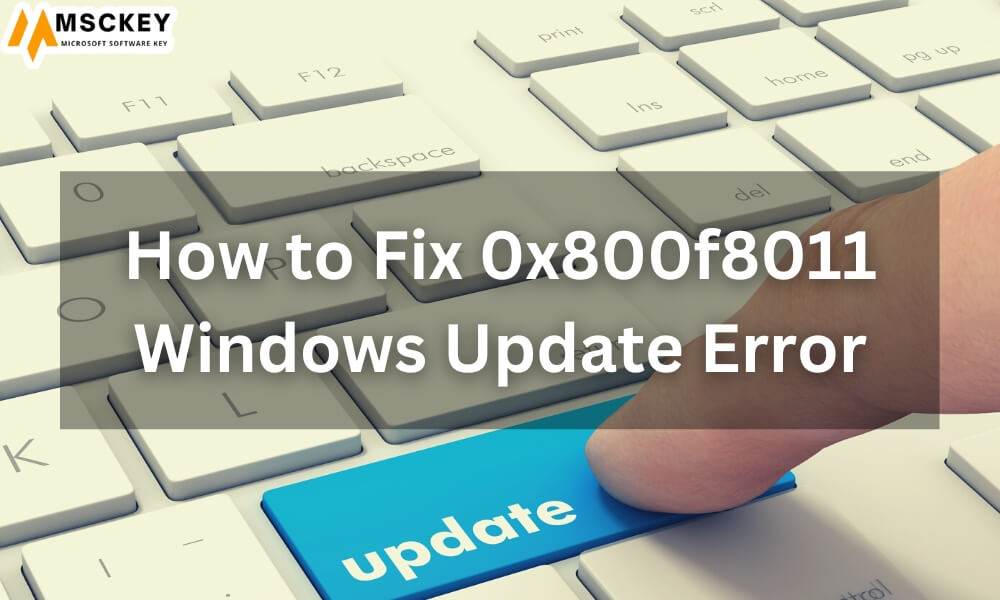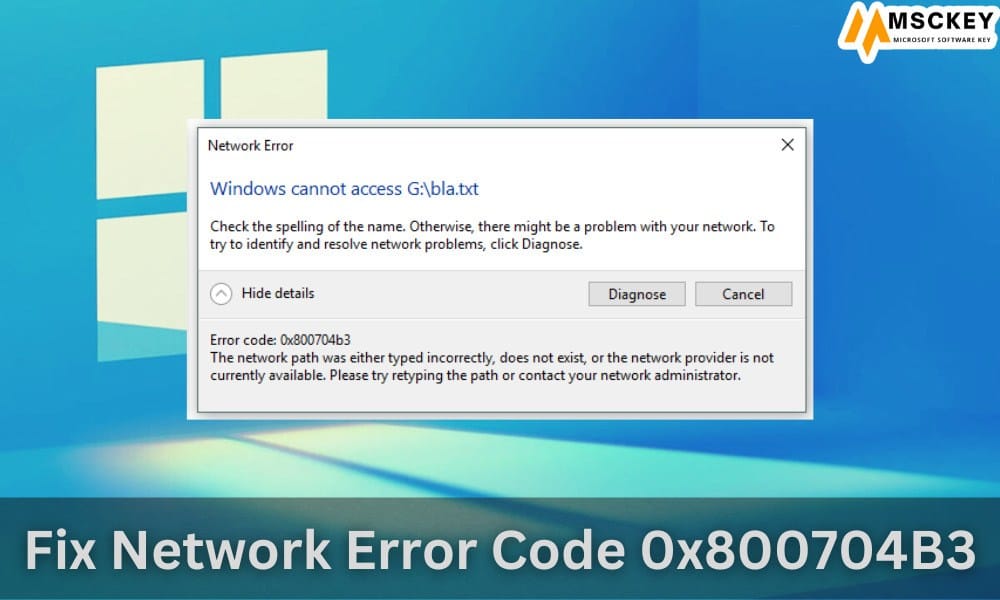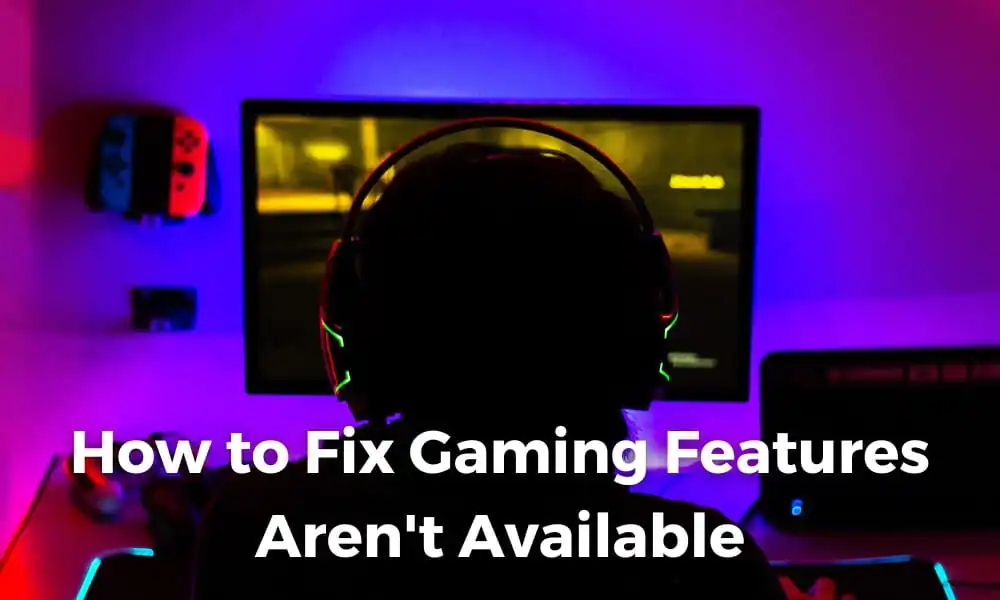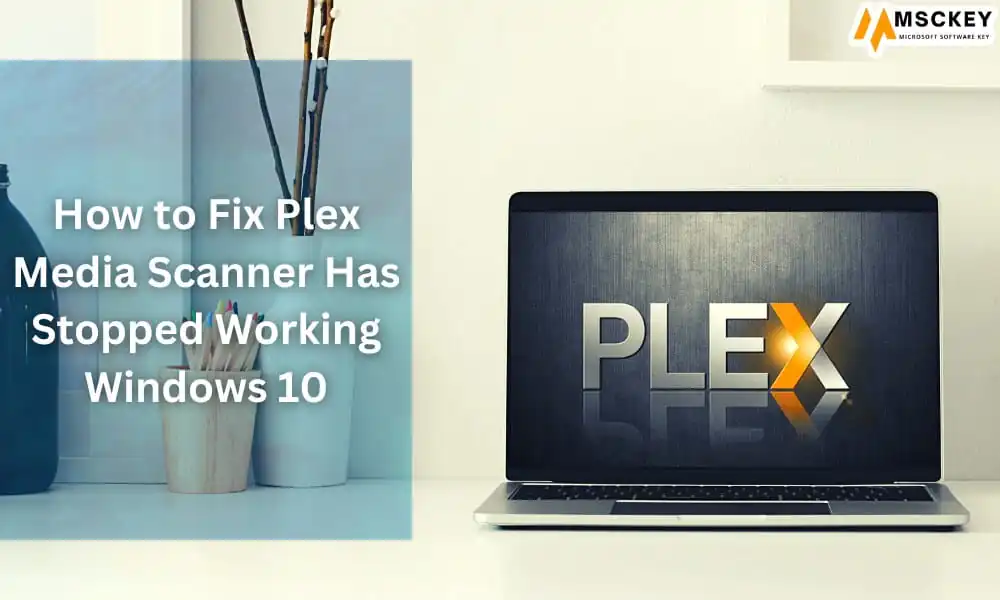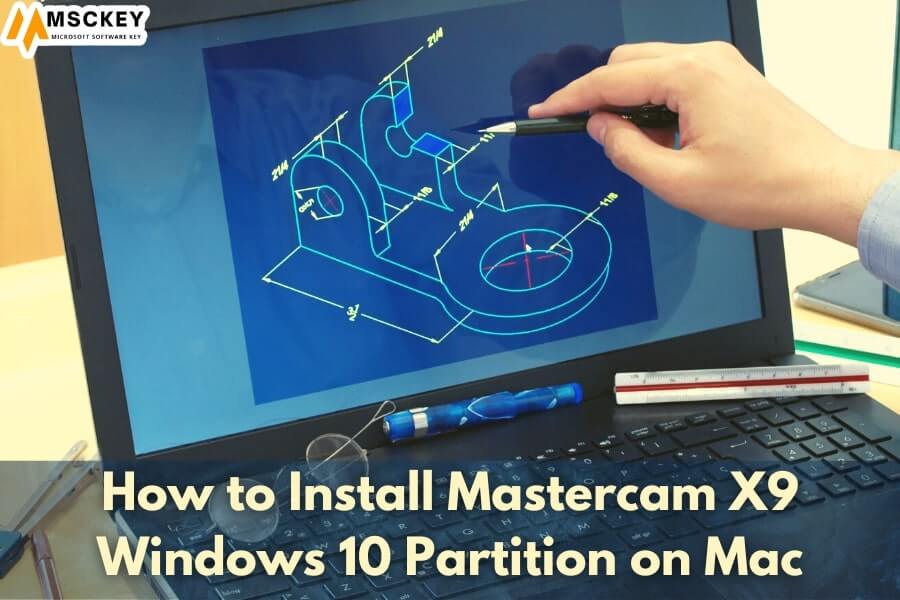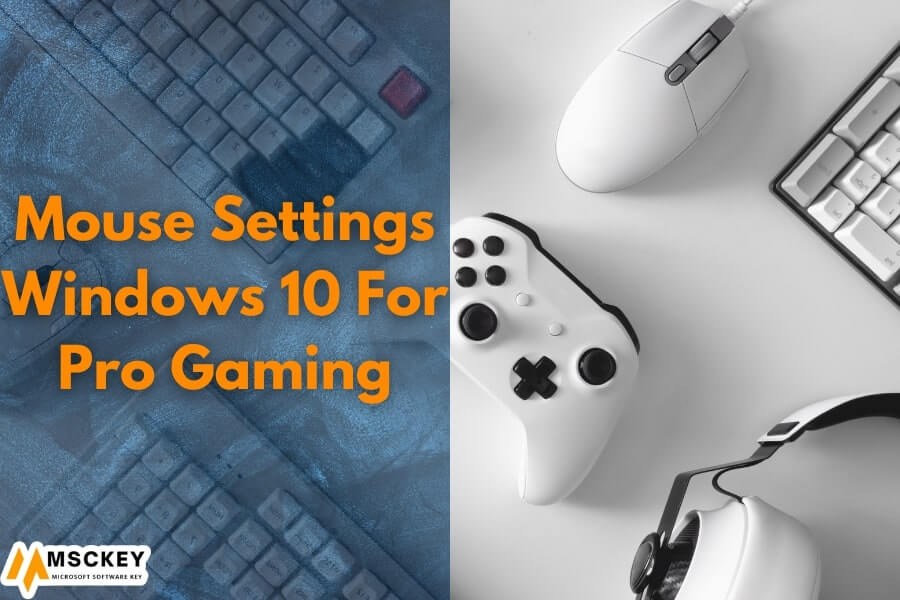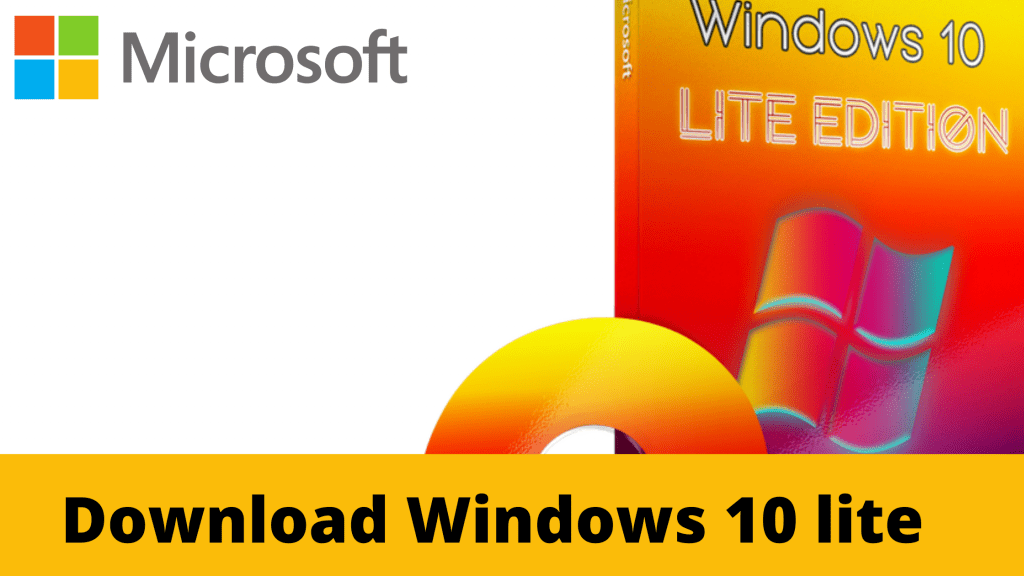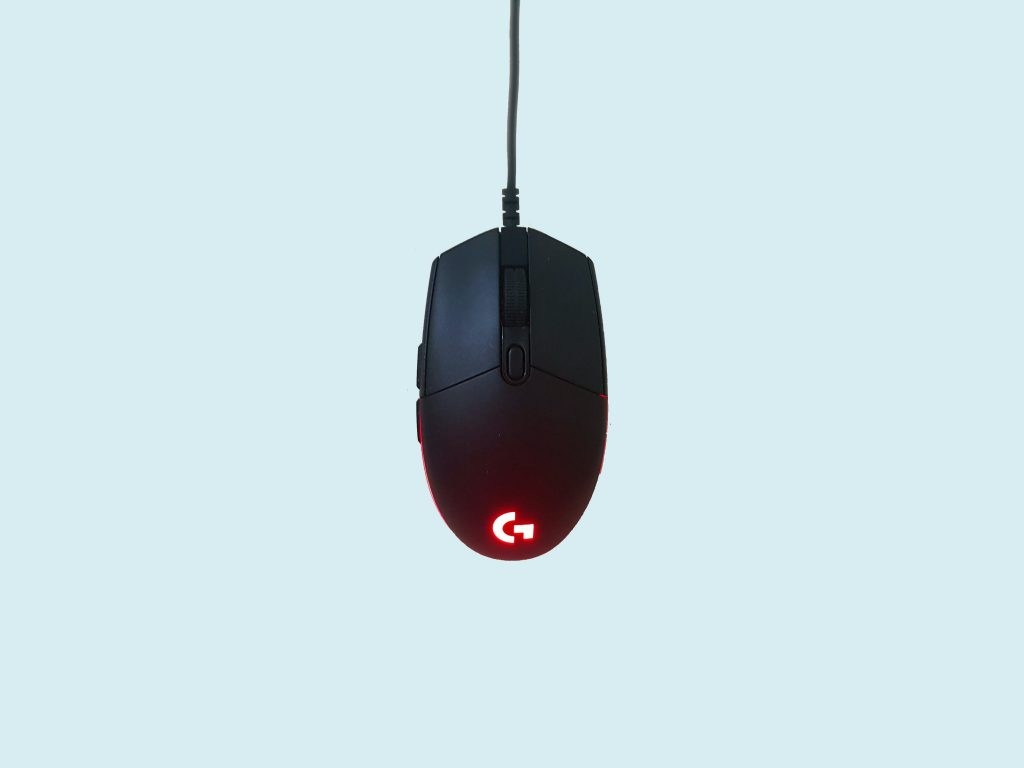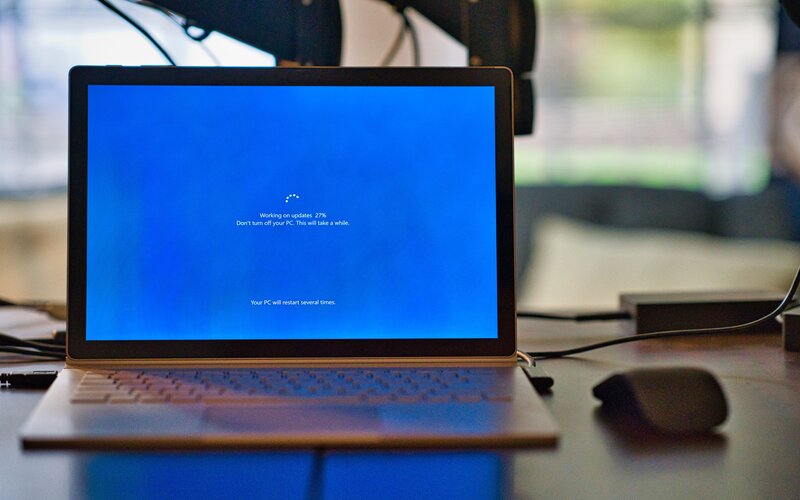Microsoft Windows 10 Review
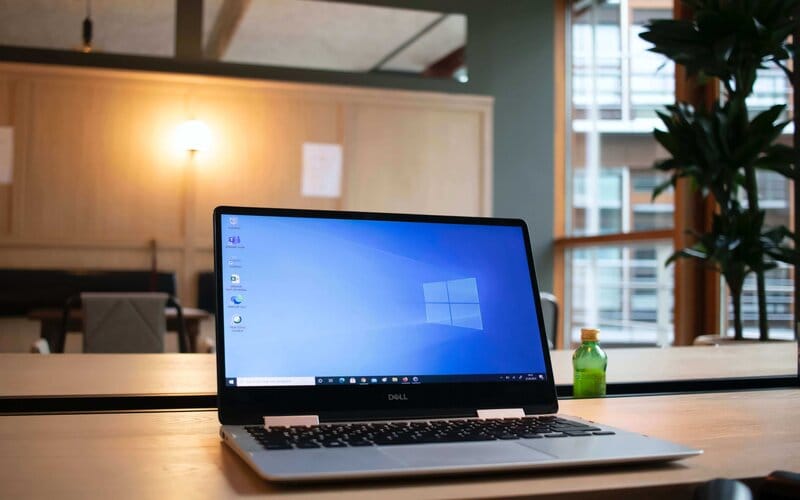
1.3 billion active PCs, Windows is by far the most common operating system for desktop computers. Microsoft has worked hard to recover from disastrous releases such as Vista and Windows 8, and has done so by adding cutting-edge features such as touch input, a voice-based virtual assistant, face login, improved Windows Defender security, and mixed reality tools, as well as updates to more mundane tasks such as taking screenshots, arranging windows, and receiving notifications. The operating system has attained a level of refinement and functionality that has earned it the Editors’ Choice award from Msckey.
The most recent release, Windows 10 May 2021 Update (aka 21H1), is primarily a maintenance update with no major new features. A cleaner Start menu, a more functioning Edge web browser, and other worthwhile enhancements were included in the preceding October 2020 Upgrade (called 20H2), which was also a non-major update. For creating ad-hoc video conferences, Windows 10 has benefited from recent in-between-update feature improvements such as the News and Interests taskbar panel and the Meet Now icon in the taskbar.
However, major interface changes are on the way: On June 24, Microsoft revealed Windows 11, which will be delivered in late 2021, during a What’s Next for Windows event. Along with Teams integration, rounded window corners, and a Widgets feature, the new Windows edition will include a redesigned taskbar, Start menu, and notification center. It will also be able to run Android apps, which is a huge surprise!
Microsoft will support Windows 10 until at least 2025, and version 21H2 will be released as a small upgrade in the fall. Only three features are mentioned in Microsoft’s blog post about it (but I think there will be more tweaks):
- Support for the WPA3 H2E Wi-Fi security standards has been added.
- In Windows Hello for Business, a new deployment mechanism called cloud trust is introduced to facilitate password-less deployments and achieve a deploy-to-run state in a matter of minutes.
- GPU computing support for machine learning and other compute-intensive workflows in the Windows Subsystem for Linux (WSL) and Azure IoT Edge for Linux on Windows (EFLOW) deployments.
These minor upgrades, which Microsoft characterizes as including a “scoped collection of changes to improve performance and increase quality,” have the advantage of being easy to install.
Users may notice the following changes in the May 2021 Windows 10 update: The built-in web browser is now the Chromium-based Edge, which powers not only the Edge browser but also Windows Store apps that require web access. Because the core rendering code is the same as Google Chrome, both become more compatible with websites. It’s also worth noting that Edge is available not only for Windows, but also for Android, iOS, macOS, and soon Linux.
Another is the removal of Adobe Flash compatibility, which has been a long time coming since Adobe withdrew the once-dominant technology. Windows Hello now lets you choose from various webcams, while Windows Defender security software has been speeded up.
Clipboard History (a lifesaver if you do a lot of copying and pasting), the powerful Snip & Sketch screenshot tool, Timeline, Focus Assist, Game mode, Dark mode, Nearby Sharing, parental controls, and a revamped News app are all worth mentioning. From Android phones and LTE-enabled laptops, the Your Phone software syncs images, SMS messages, and even voice calls. These join Windows Hello facial authentication and other Windows-only features. Long-time Windows users will recognize the OS despite all of its forward-thinking features. I’ve produced a list of 15 Windows tips for Mac users for curious Apple customers.
Windows 10: A Success Story
According to Microsoft CEO Satya Nadella during the Build 2021 keynote, Windows 10 is now installed on over 1.3 billion active devices, which is a huge 300 million more than the previous time Microsoft released a figure a year ago. According to StatCounter, Windows accounts for over 75% of all desktops worldwide, with Windows 10 accounting for over 78 percent of those. In comparison, Apple’s macOS accounts for less than 17% of the market. Linux as a whole receives roughly 2% of the market, whereas Ubuntu and Chrome OS each receive less than 1%. (It’s worth noting that all of these figures refer to internet-connected equipment in use.)
The most recent version of Windows can still run the vast majority of existing desktop programs, something that competing desktop operating systems cannot claim. Yes, it still uses the much-maligned Registry to keep track of configuration settings, but with today’s fast technology, this isn’t a big deal. For Windows 10, Microsoft now advises against using any third-party registry optimization tools.
Where Can I Get Windows 10?
If you’re running Windows 10, all you have to do is run Windows Update from the Settings app to download the newest. The wording “Feature Update to Windows 10, version 20H2” should appear. Read How to Download Windows 10 for more information on the installation process. If you don’t notice the update in Settings > Update & Security, go to the Windows 10 Download page and open the Update Assistant app to force the problem. If the update isn’t ready for your PC, it will be plainly stated on the Windows Update page of Settings.
For current Windows 10 PC owners, the Windows 10 20H2 Update is a free upgrade. It’s also preinstalled on all new Windows PCs, but if you’re upgrading from Windows 7 or earlier and didn’t take advantage of the free upgrade for the entire year, you can get the software for $139 for Home and $199 for Pro via download or USB sticks. Third-party online digital retailers are usually a good place to look for less expensive options.
When you upgrade from a prior version of Windows, your data and programs come with you, however, it’s always a good idea to back up your data before doing so. Because Microsoft tries to evaluate updates for each hardware combination before auto-updating, it’s recommended to wait for Windows Updates to run the update rather than pushing it.
With the May 2019 Update, Microsoft upped the minimum hard drive size required for new installations of Windows 10 from 16GB to 32GB—still a small amount by today’s hardware standards. Other system requirements are fairly modest: a 1GHz processor and 1GB of RAM. The RAM requirement for Windows 10 64-bit is increased to 2GB. You’ll also need a graphics card that supports DirectX 9 and a display with a resolution of at least 800 by 600 pixels.
Most users can choose between two editions of Windows 10: Home and Pro, each with 32-bit and 64-bit variants, however, Microsoft is phasing out 32-bit versions. Network domain joining, Hyper-V virtualization, group policy management, and BitLocker encryption are all included in Windows 10 Pro. That last one might be of interest to personal users who are concerned about security.
Other editions of Windows 10 are available for specific use cases: For large enterprises looking for bulk license discounts, the Enterprise version of Windows 10 is still available. Windows 10 Pro Education and Windows 10 Education are two Education editions aimed at K-12 institutions. Not to mention Windows 10 IoT Core, the lightweight variant that drives Internet of Things devices like the Raspberry Pi.
The user interface of Windows 10
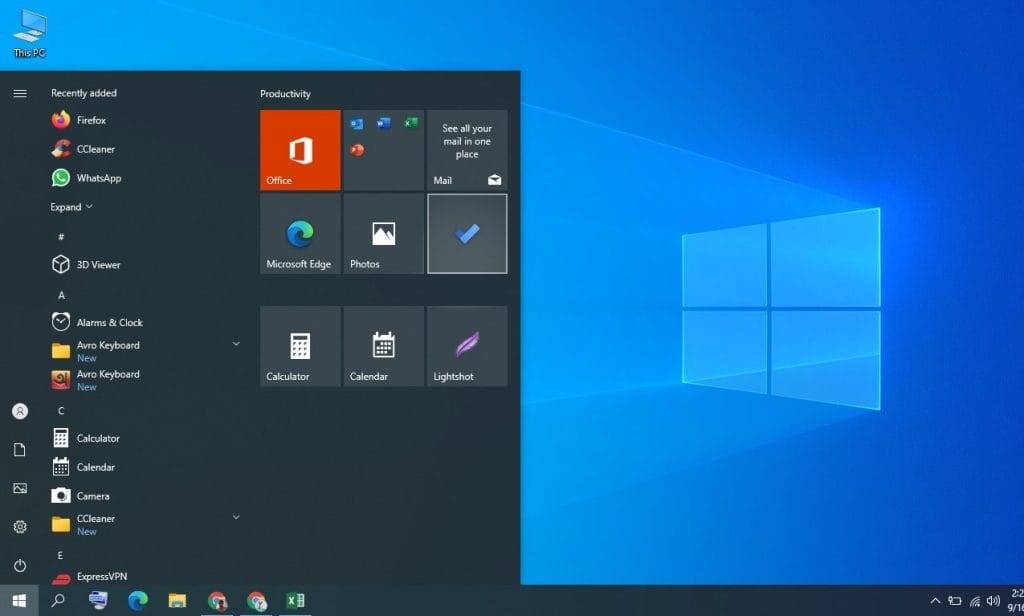
For long-time Windows users, Windows 10 has a low learning curve while still including many of Windows 8’s improvements, such as speedier startup, tablet support, improved notifications, and an app store. Its windowing skill remains unrivaled, allowing you to quickly display the desktop and snap windows to the screen’s edges and corners.
The Start menu sets Windows apart from macOS and Ubuntu, which lack a centralized location for users to begin working with apps, files, searches, and settings. Although Chrome OS features a Launcher tool, it isn’t as comprehensive as for Windows’ Start menu. Another distinguishing feature is that, unlike macOS and Ubuntu, apps have their own menus rather than relying on the operating system’s menus at the top of the screen.
With each iteration, Fluent Design, Microsoft’s newish design language that employs translucency, blurring, and movement to provide useful visual signals, gain greater traction. Acrylic Material is a fun Fluent effect that provides items like menu bars a semi-transparent look and the illusion of depth when the mouse is over them. It currently covers almost all Windows features, including the Start menu, Settings dialog, and Action Center. Microsoft made Fluent open-source at Build 2020, allowing third-party developers to utilize it in their apps as well.
The May 2020 Update put a lot more emphasis on the search box adjacent to the start menu. It no longer has the AI’s icon linked to it, and it now allows you to search both your local files (including any text within them) and those saved on OneDrive or corporate SharePoint servers. Quick search options for weather, news, today in history and top movies have been added to the search panel. Developers have also paid attention to the back end of desktop search, which employs a new algorithm to identify when it should and shouldn’t conduct its intensive indexing functions.
The Start menu, Taskbar, and 23 preinstalled apps all get a dark theme, however, the old-style Control Panels are still not affected. In addition, the latest version of Edge now respects the system’s light and dark mode settings. Another eye-saver I like is Night Light, which suppresses blue light to help you sleep better, but most major operating systems now have a similar option. There’s also a real Light Mode in the OS, as well as updated, more colorful icons.
Without pressing a second button, the Start menu displays the All Programs list, as well as the most frequently used and newly installed apps. You can choose whether or not basic folder icons appear. You can have icons for File Explorer, Downloads, Documents, and other programs show directly above the start button, for example. The tiles from Windows 8 are still present, but you can disable them. They come in handy for swiftly launching my most-used apps.
File Explorer’s Quick Access section is another interface feature I’ve grown to appreciate. This allows you to quickly locate the last file you worked on, regardless of the application you were using. So, if you modify an image and want to share it, it’s right at the top of the Quick Access list. To find a file quickly, you never have to remember where you saved it. File Explorer lacks tabbed windows, which are available on both macOS and Linux.
Unfortunately, there are still architectural disparities between the Settings App and the Control Panel, even though the story is getting better. The Settings app is used for most system settings, however, the Control Panel is still used on occasion for deep, technical system options. Through right-clicking the Start button will take you to more advanced settings like Device Manager and Disk Management, Control Panel is no longer an option. Instead, you’ll see it when you try to uninstall a legacy program, for example.
Control Panel can still be accessed by typing “Control” into the Start menu search field. Most options that most users require are now in the redesigned Settings app, but techies continue to view the old-style control panels. However, Microsoft is continuing to shift even nerdy settings from Control Panel to Settings, with Disk Management following suit in a future edition.
Disk Cleanup, another tool that uses the previous interface language, has been replaced in the new Settings interface by Storage Sense. Temp files and downloaded installers are automatically removed by this feature. You can use the Clean Now option to run it immediately, have it run automatically when your storage is low, or plan it to run on a regular basis.
About Shorif (Msckey)
Shorif is a passionate writer and tech enthusiast who contributes regularly to the Msckey blog. With a background in computer science and a keen interest in emerging technologies, Shorif brings a unique perspective to complex tech topics, making them accessible to readers of all levels. When not writing, you can find Shorif tinkering with gadgets, exploring nature trails, or diving into the latest sci-fi novel
View all posts by Shorif (Msckey)

